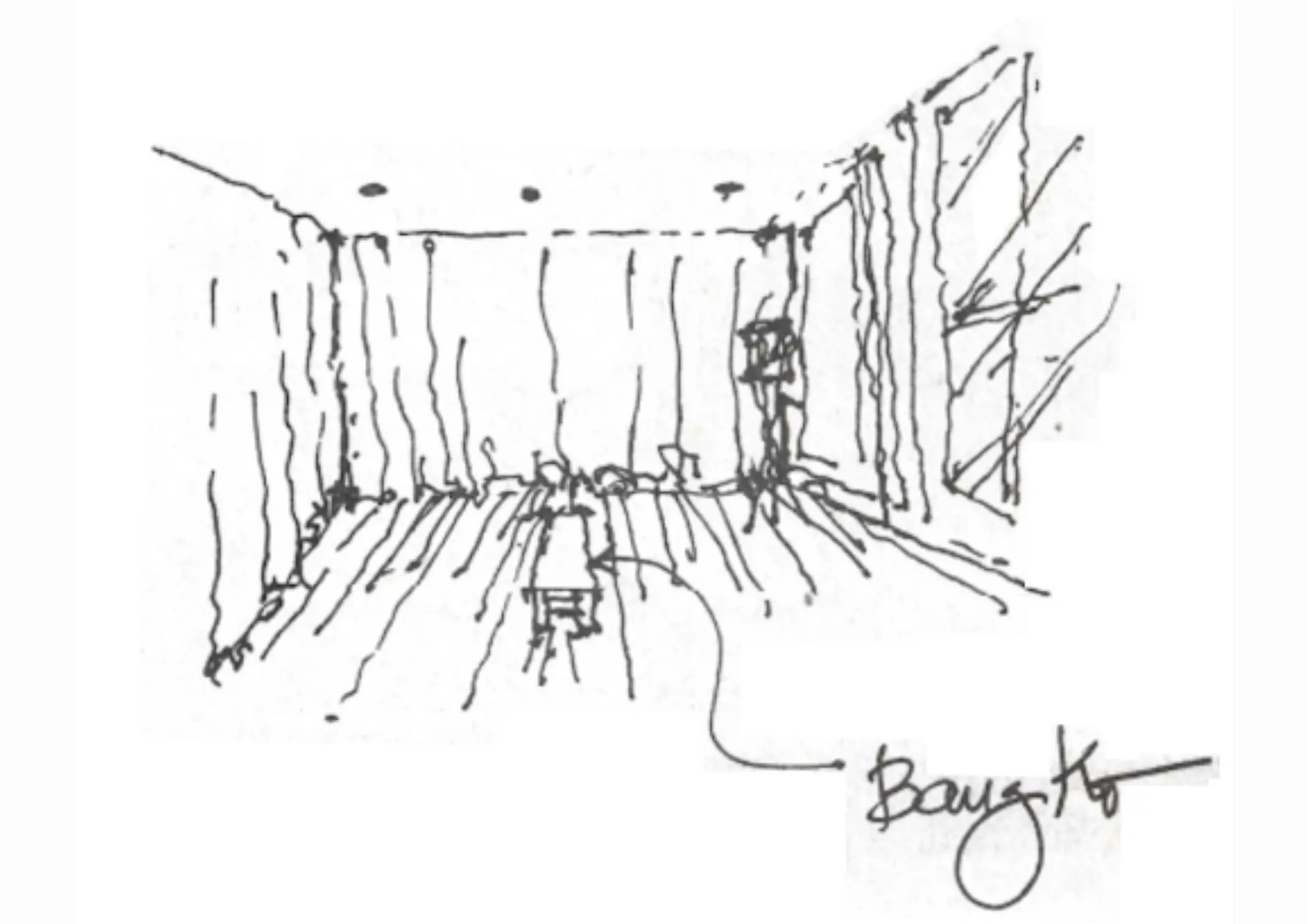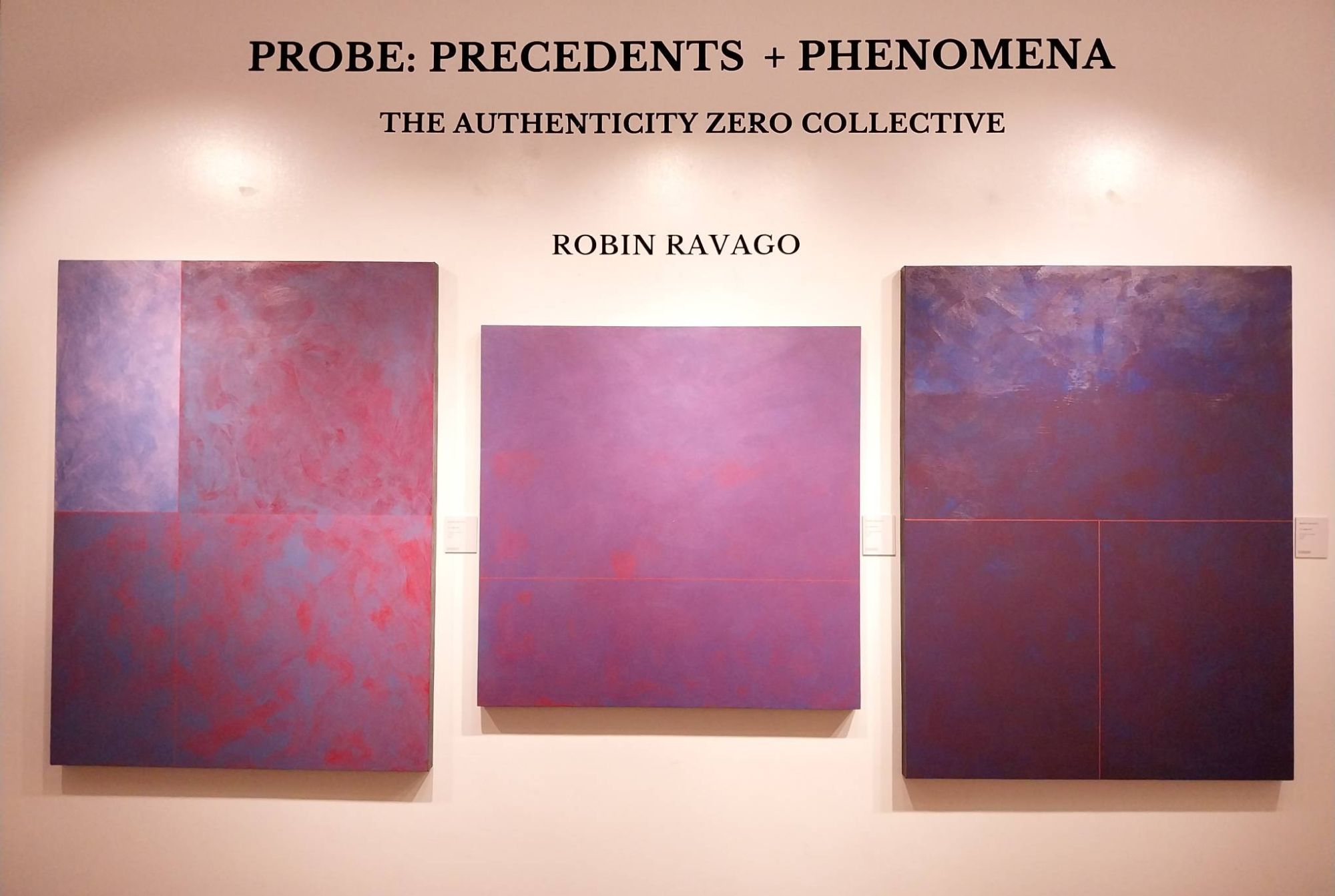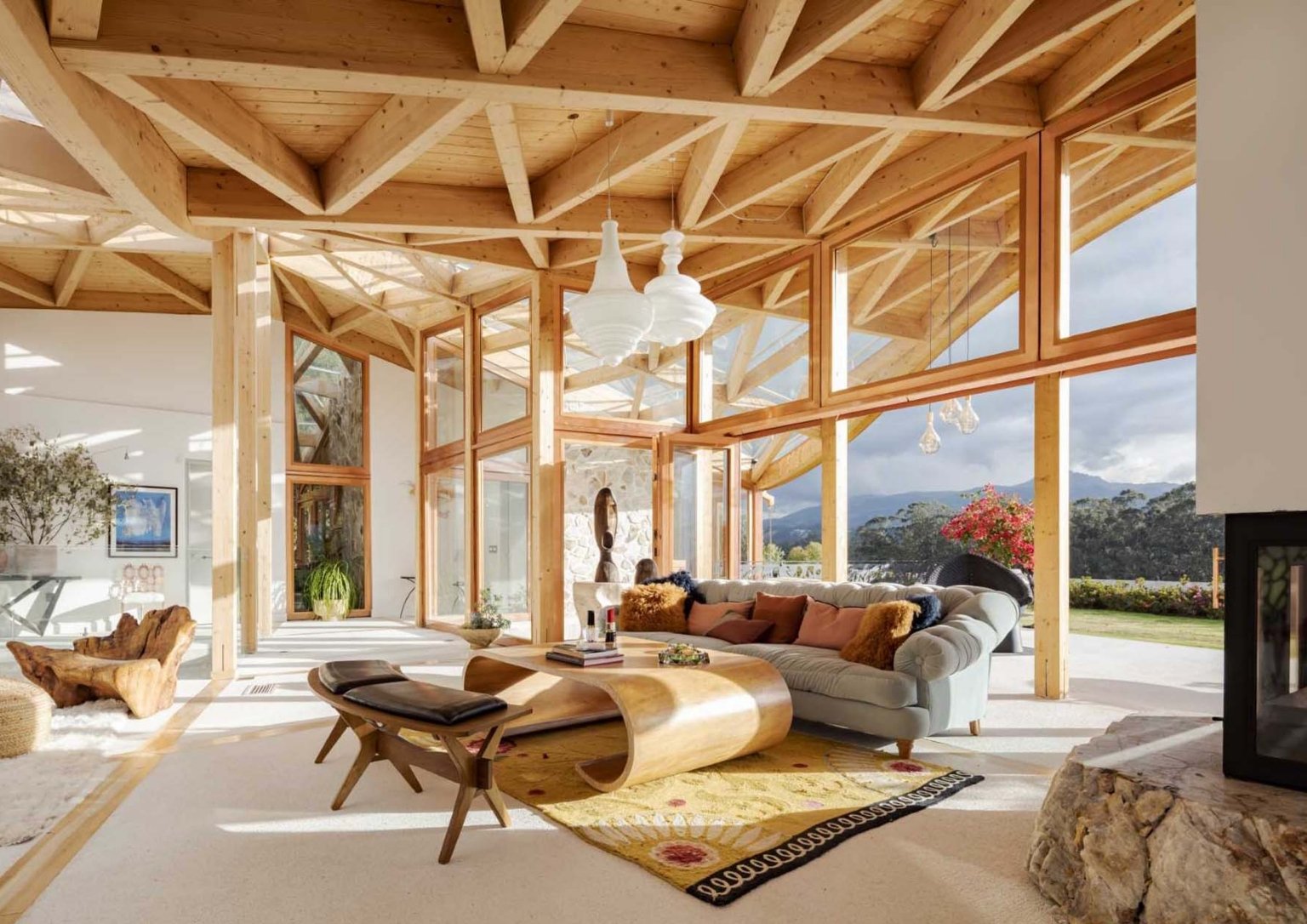Louis Vuitton Savoir Faire, designed by Kezia Karin Studio in Indonesia, is an exhibition that highlights the brand’s timelessness. There’s a diversity of imagery here, using visual cues to craft a storyline of how modern luxury goods came to be, and the journey it took to get here. When people talk about luxury fashion, they […]

The Origins of a Signature Style: Revisiting a 25-year-old Design Challenge
“We don’t see things as they are; we see things as we are.” – Anais Nin
In August 2000, an intriguing article was featured in the Lifestyle section of the Philippine Daily Inquirer. It posed a challenge: If you wanted to transform a 45 square meter room, but only had 5,000 pesos, how would you spend it?
Several young architects and designers had gamely responded within the 24-hour deadline given. Some got carried away, illustrating their thoughts with sketches and floor plans, along with some humorous commentary.
It quickly became hilariously clear that there were different takes on every aspect of the problem, from the concept of “room” to the given constraints, to the notion of what were absolute basic human needs. The variety of perspectives, and the liberties taken in stretching the boundaries of the challenge, made the article a delightful and thought-provoking read.
When a designer consistently approaches problems from his own perspective, rather than following trends, his style eventually becomes recognizable – not by regurgitating the same ideas, but by expressing values that stay constant over time. This is how an authentic style becomes a signature.
Here was an incredibly rare opportunity to track the evolution of certain well-known signature styles from a point in time a quarter century ago, and see what impact 25 years of experience had made.
Creating a Signature
Designers work differently, because they see things differently. Our creative styles reflect our values and how we respond to the challenges we face. As we progress within our fields, our mindsets evolve, and our work reflects various influences. Many abstract thinkers eventually become grounded by experience, and seasoned perfectionists recognize the need to build in extra wiggle room.
Yet, research indicates that creative styles tend to be stable throughout a person’s life. People tend to fall back on the approach they are naturally suited for, although their environment influences how effectively they can apply it. A rigidly conformist culture, for instance, can contort a potential Rodin into a deeply frustrated commercial craftsman, or shrivel a budding innovator into a copycat.
The best defense against social or environmental pressure is a strong sense of identity, rooted in self-awareness. Knowledge is power; knowing ourselves gives us the power to determine our own destinies.

This article has been abridged for digital publication. Read the full story behind the Origins of a Signature Style by ordering your copy of BluPrint’s “Design Conversations” at Sari Sari Shopping, Shopee, and Lazada. E-magazines are also available for download here or through Readly, Press Reader, and Magzter.
Dive into the captivating world of architecture, interiors, and arts & culture by getting exclusive digital access to BluPrint’s past and upcoming issues. Click here to find out more.
Photographed by Ed Simon
Read more: Baybay House: Memory and Material











